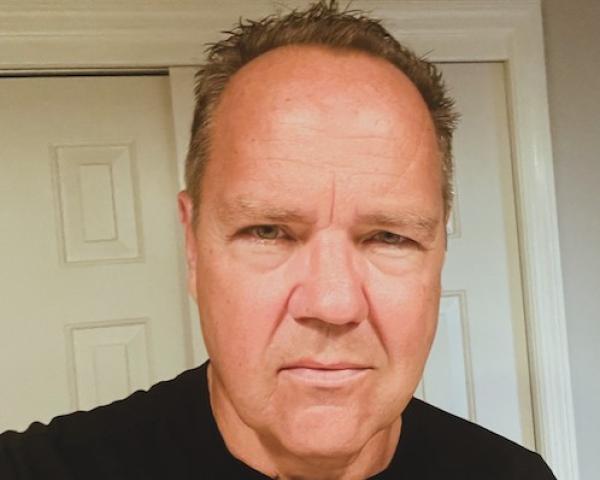My columns for Insurance Thought Leadership share best practices from outside insurance. For example, Amazon in digital customer experience, and AWS in large program management. Sticking with the A's, this piece on talent is from outside tech altogether: Alabama Crimson Tide football.
For readers unaware, Nick Saban is arguably the most successful college football coach in the history of the sport. Mr. Saban owns a 269-67-1 career record, and his seven national championships--one at LSU and six at Alabama--are the most all-time.
Winning, Saban would be the first to tell you, requires talent. Alabama has landed the top recruiting class in eight of the past 13 years and was top three in the other five. Success breeding success, today Alabama practically sells itself to top recruits, players interested in practicing against, and playing with, the best, toward winning championships and a lucrative career in the NFL.
But it wasn’t always that way. Saban inherited a Crimson Tide program that went 6-7 in 2006. “We’re going to build a winning culture here,” he said in his introductory press conference. “A culture that winners will want to be a part of.” Saban rightly put the horse before the cart: culture draws talent.
Here are three aspects of Alabama’s winning culture that can help you build and shape yours.
1. Think process, not outcomes.
“We don’t think or talk about winning the SEC Championship. We don’t think or talk about winning the National Championship. We don’t think or talk about the result, but what needs to be done to get the result,” Saban said in a recent speech. “What do you need to do in this workout? This drill? This play? In this moment? Let’s think about what we can do today. The task at hand.”
Controllable inputs, in other words, over desired outputs. Right action; detachment from result.
2. Alabama’s process in three steps:
- What’s the vision?
- What’s the plan to achieve #1
- Do we have the discipline to follow #2?
This is where leadership comes in. It’s on you as a CxO, LOB head or Program Owner, to spell out the vision for your players. It’s on you to map the plan for getting there. And it’s on you to define roles and responsibilities and manage to them. Remember, winning culture is formed from high standards, firmly enforced.
Saban’s vision of football excellence is a lot easier to articulate than yours. It’s for the most part implied. Everyone knows why they’re there. But finding the right “why narrative” is a must for attracting top talent, and in insurance the “why” is not implied. Here’s what we’re doing. Here’s why it matters. Here’s how we’re going to do it. And here’s where you fit in. You must define it, spell it out.
See also: 3 Keys to Leading a Team in a Crisis
3. After process, people.
Alabama doesn’t recruit every five-star player who can run a 4.3 40-yard dash. Nor do they automatically pass on three-star players. Mac Jones, who led Alabama to a 13-0 record and National Championship in 2020 and is now starting quarterback for the New England Patriots, was a three-star recruit.
The tangibles matter. In football, speed, height, athletic agility can’t be coached. Likewise, five-star business and especially digital talent just jumps off the page of the CV. Elite developers can do things mortal developers cannot; a ninja coder can often do the work of 10, and in half the time, creating a cleaner, more elegant solution.
But the intangibles can’t be overlooked, either. On a team level, respect and trust are key--to the organization, the structure, the standard, each other. Beware chemistry wreckers.
On a personal level, look for players with character, who work to get better and have a proven track record of working through adversity to get the job done. A favorite Sabanism: “It takes no ability to be mentally tough and finish.” Look for players who are mentally tough and finish. Mac Jones, while biding his time, waiting his turn to start, not only mastered the playbook but earned his degree in three years, masters in four, with a 4.0 GPA.
In the three-step process that Saban drives at a program level, he looks for players to define for themselves on a personal level. What’s your vision for yourself? What’s your plan for getting there? Are you following that plan--or are you just talk? He develops players by holding them accountable to their own words.
And he develops teams one player at a time. Alabama carries 85 scholarship athletes on their roster. That’s a lot of talent, a lot of egos, to manage. Whatever else is going on, Saban makes it a point to meet one-on-one with at least three players a day. “It’s about them--always. Not you,” he says. “People gotta know you care; that you’re a leader, not a manipulator. That you’re here to help them get what they want--which you know because you talk to them.
“There’s a misconception out there that the culture is somehow going to magically make players better. But that’s wrong. It’s the players and their daily behaviors that make the culture. There is no ‘i’ in 'team,' but there is an ‘i’ in 'win.'”
In 2007, Saban’s first season with Alabama, the Crimson Tide went 7-6. In 2008, they went 12-2. In 2009, they went 14-0, winning their first championship under Saban. Winning championships takes time. Building a championship culture, which attracts championship talent, starts today.








